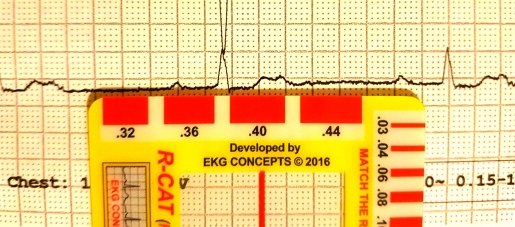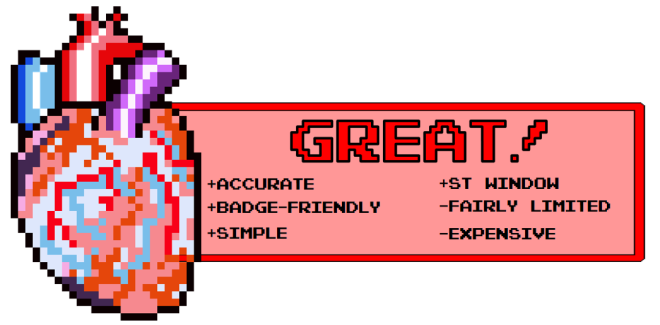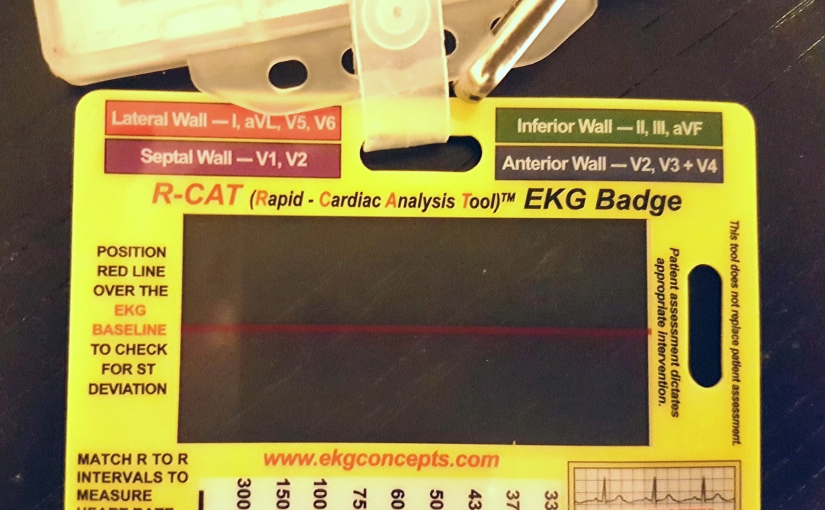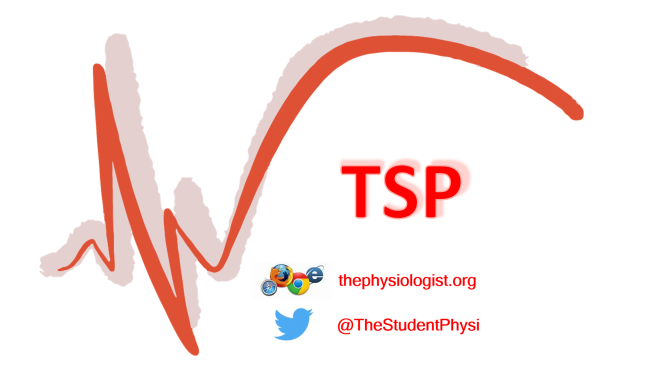Price: £9.99/ $8.00
Developer: EKG Concepts (U.S. only. UK Stockist here)
I’m used to reviewing mobile apps and, to a lesser extent, PC and Mac software, so this is something of a new experience for me. I’ve frequently used rate rulers and pocket tools in the past, but the Rapid Cardiac Analysis Tool (R-CAT) is seemingly different to such an extent that I felt it made sense to put it through its paces.
This tool is designed to enable a healthcare professional of any specialism to quickly assess some of the basic criteria of a 3 or 12 lead ECG, such as heart rate, interval and segment duration as well as waveform deviation from the isoelectric baseline.

First, the card itself; it’s well crafted, durable, flexible at the same time, is roughly the same size as an I.D. card/driving licence, and its structure and non-embossed build mean it’s easily disinfected, much the same as many other pieces of equipment you would use in a clinical environment. There are two cutaway sections that allow you to attach R-CAT to your lanyard in either a portrait or landscape orientation, and it sits snugly behind the badge holder without getting in the way.
It is, however, too large to slot into the standard NHS card holders which is a minor niggle, but this isn’t too much of a bind as it doesn’t take a huge length of time to remove, and if you have a pull-reel badge holder, it’s no problem whatsoever, as you can use it without removing the card or your lanyard.
The R-CAT focusses specifically on heart rate, segment and interval length, and baseline deviation (if you’re looking for a cardiac axis diagram, then you’ll have to keep looking, I’m afraid). The heart rate measurement works in exactly the same way as a regular rate ruler, with a similar error margin. It doesn’t have as many timing markers as similarly priced full rulers, but I guess it was a necessary concession to make in order to accommodate everything else on its small frame. Whatever the reason, you get a rough to fairly accurate indication of the true R-R interval.

The segment/interval indicators are found on the opposite side of the rate calculator, and span two of the outer edges of the card. The smallest measurement is 0.03s, and the printed values then increase from 0.04s by two, up until the largest at 0.44s. In practice, this system takes a little longer to use than simply measuring with a ruler, but once you’ve used it a couple of times, and get an eye for it, it doesn’t add too many vital seconds to quick analysis.

The hook, as it were, that R-CAT introduces, is in the big window through the centre of the card designed to be used in ST segment and Q wave analysis.
Whereas using the edge of some paper, or a ruler can obscure or distort the view of 50% of the waveform under scrutiny, R-CAT uses a thin, red bar in the middle of a clear window, allowing for quick assessment of Q waves and ST segments simultaneously.

The window works well, and also functions in the presence of baseline wander, so when such an occurrence is unavoidable, it isn’t a detriment to your analysis.
The company website states it to be more accurate than marking in pencil, as graphite marks can be up to 0.4mm thick, and that is has a greater longevity than callipers, which can loosen with time, and be moved involuntarily. These are excellent points, but with wear and tear printed graphics deteriorate, so I assume that scratches on the measurement indicators could reduce the accuracy of this tool, rendering these comparisons obsolete. Nothing lasts forever, though, and out of the box it works perfectly well.
All in all, I can’t really see this product replacing already-existing products en masse, as this is £10/$8 and the analysis aids already circulating are either slightly cheaper or free, and some provide more functions, but as a learning tool the R-CAT is really effective. During my testing for this review I asked a few cardiology veterans for their immediate impressions, and all shared this opinion. New products in this category are often more of the same; a different colour here, an additional picture there, but R-CAT isn’t one of these products. It shines with its novel portability, and its gimmick; the window. I almost feel bad calling it such, as I feel the word “gimmick” detracts from the product which is, overall, a very cool bit of kit. I won’t say this is an absolutely essential purchase for current professionals who operate outside of an A&E or non-cardiac ward, but it’s certainly worth a purchase. Universities and students however, should take the plunge.
Ah what the heck, it’s unobtrusive and is genuinely helpful when you don’t have a calculator or a rate ruler to hand. If you’ve got a spare £10/$8 kicking about(!), then you should definitely buy one.





